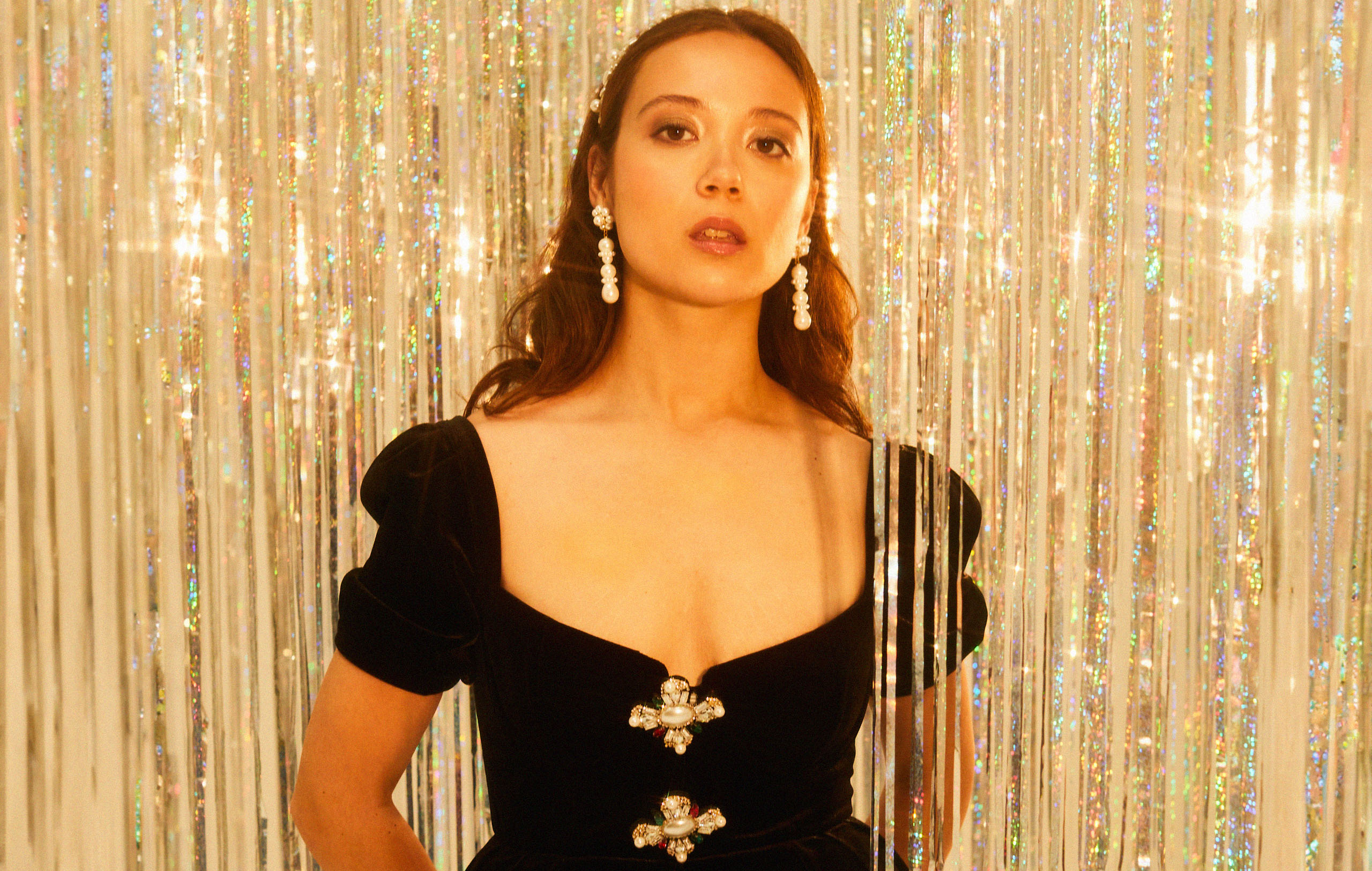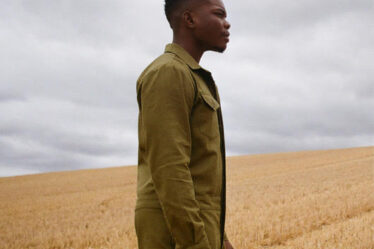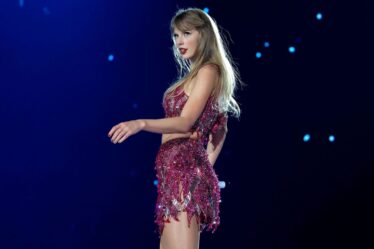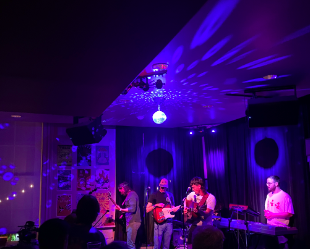
By: Sara Morales
Jazz, often considered the soundtrack of the 20th century, has seen its unfortunate demise in recent decades. While popular culture of the time included the likes of artists such as Billie Holiday and Duke Ellington, the age of Rap and Raeggeton has pushed Jazz to the back of the shelf. Avid Jazz enthusiasts like myself would argue that it is not dead—if anything, the community is still very much in its prime time—but there really is no denying the decrease in cultural significance that it has faced. Laufey, a 24-year-old Icelandic-Chinese singer-songwriter who has quickly risen to fame, can be regarded as that bridge that has successfully been connecting the younger generations of today to the “dying genre” of Jazz.
With her newest album release titled “Bewitched,” her music has been received with more anticipation and excitement than ever before. A Berklee College of Music graduate and the daughter of a violinist, her sonically gifted talents can be traced back to a line of significant musical influence and instruction. Such a musical upbringing cultivated a true artist with great virtuosity, which is becoming more of a rarity in the present state of the music scene. Her discography reflects the influence of the orchestral and highly instrumentalized pieces her parents played for her growing up, according to her accounts in interviews. Symphonic and “full” come to mind when characterizing her music. As a result, she can easily merge this musical background with her own unique style, which she describes as a clustered formation of Modern Jazz and other genres.
Within the realm of Jazz, she too has pieces that take inspiration from Bossa Nova and Scat. The former refers to a musical genre originating on the beaches of Rio de Janeiro, Brazil, around the 1950s. Bossa Nova is a softer style of Samba inspired by a mixture of influences from American Jazz, traditional Brazilian music, and a newer type of Portuguese lyricism. Her songs “Falling Behind,” “Fragile,” and “From the Start” pull inspiration from such. However, they do not exclusively fall under the genre of Bossa Nova. She also finds great influence in Scat artists. With roots that trace back to West African and European traditions, this music style evolved from within the Jazz realm in the early 1900’s. It is said to have emerged in New Orleans as a vocalist’s attempt to imitate Jazz instrumentalists. This style depends on wordless vocal improvisations that tend to be nonsensical syllables. Laufey especially likens her work to what would be considered Bebop, a specific type of Scat that also falls under Improvisational Jazz. Louis Armstrong, famous for his discography, is especially recognized for his contribution to the rise of Bebop, along with figures such as Ella Fitzgerald and, of course, Chet Baker. In many of Laufey’s interviews, she has paid great respect to all these Jazz geniuses but especially finds significant influence in Baker himself. This bebop style can be found in her songs “Like the Movies,” “What Love Will Do To You,” and “Dance With You Tonight,” among many others. She even pays homage to Baker himself by naming one of her songs “Just Like Chet” as a call back to one piece he sings titled “I Fall In Love Too Easily.” In it, she sings: “Just like Chet, I tend to fall in love too easily.”
Many traditional Jazz fans would argue that Laufey is not quite Jazz but rather what can be categorized as Mid-Century Pop with Vocal Jazz standards. This musical classification is the culmination of the typical 20th-century sound that characterized most music of the time. The closest example of what this sounded like is Disney princess music, which relied heavily on layered harmonies and key changes that would now be regarded as the Classic era of Disney princess films. Songs incorporated highly orchestral introductions that are now most recognizable as theatrical and storytelling in nature; Laufey leans into this style. Seeing how she pulls from multiple sources of inspiration, I regard this discourse over what genre her music falls under as obsolete and yet another attempt to keep Jazz an elitist art form. Jazz is composed of fans who are typically quite critical of what they qualify as authentic Jazz in hopes of preserving the real essence of the music format. The typically quite critical of what they qualify as authentic Jazz in hopes of preserving the real essence of the music format. The problem with this is that it aims to conform art into a definition, which is impossible when taking into account the undefinable nature of Jazz as a result of its sheer variance. Laufey may not be considered “real” Jazz to some, but that does not deny the musical influences she pulls from and the impact she has had on the younger generations of today. It is counterintuitive to get hung up on the technicalities of categorizing her music when the beauty of her work is in the nonconformity of genre.
Laufey’s music is refreshingly revivifying for the contemporary music industry; with her beyond-beautiful compositions and vocal techniques, she truly is someone I can proudly call my favorite artist. Her music has helped contribute to the popularization of real instrumentation in performances aside from the singularity of guitars and drums—a welcomed change from the sterility and roboticism of modern-day pop. As someone who especially loves the evocation of earlier epochs across media, I also appreciate how it feels as though I am instantly transported to such a remarkable time that only music can so accurately articulate, even if such articulation is done through a nonsensical vocabulary. Ultimately, however, musical genre should not be the marker of one’s enjoyment. She was able to defy the starkly compartmentalized industry and create her own fusion and musical identity with success. Relishing in the compelling nature of well-produced art, one should feel the liberty to enjoy all forms of music outside the confines of the restrictions imposed. So, in her words, I encourage you to “write your story, fall in love a little too.”




